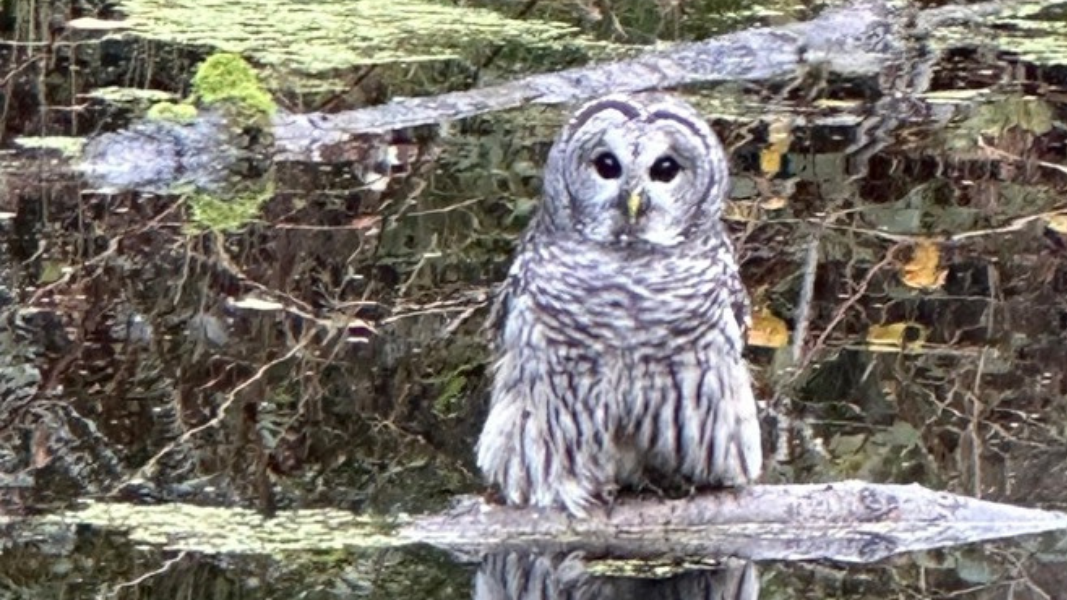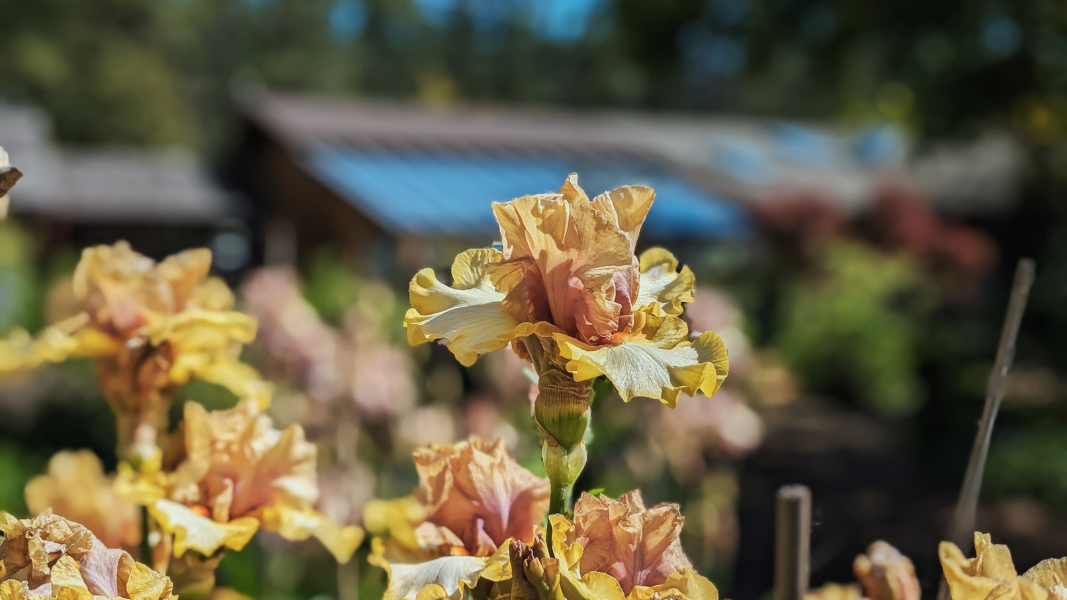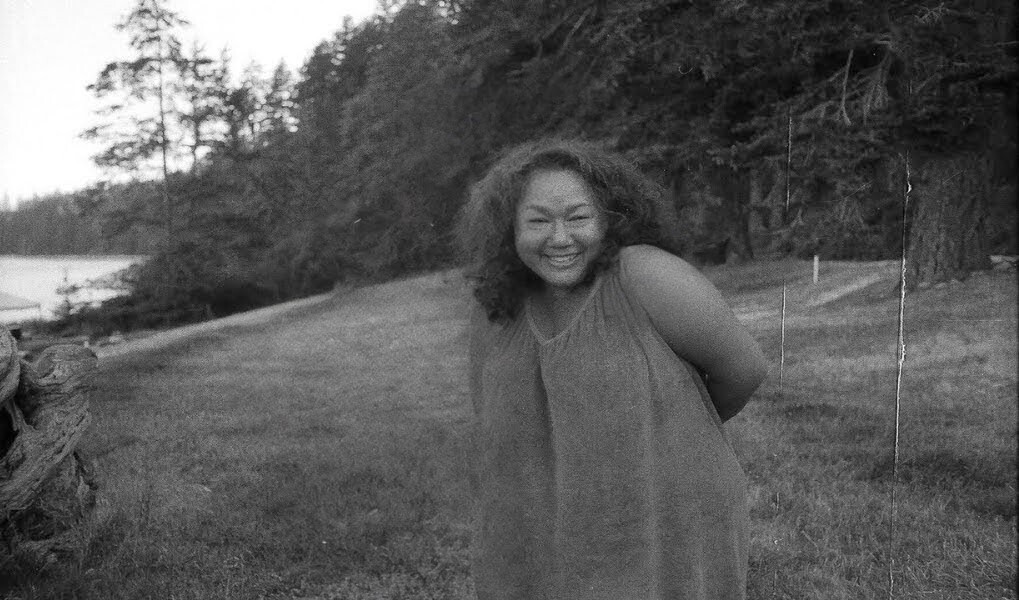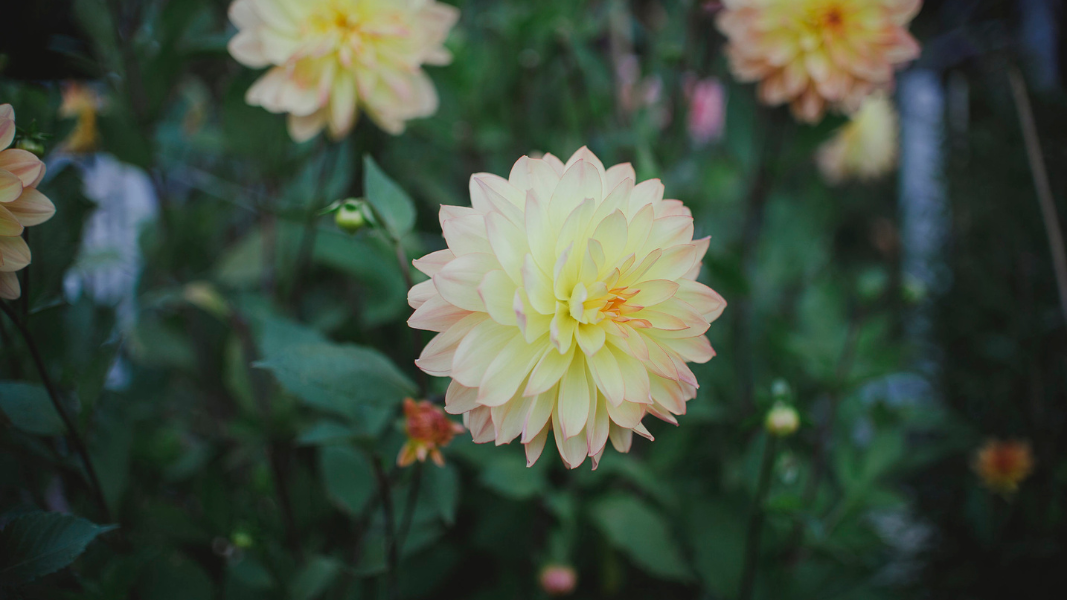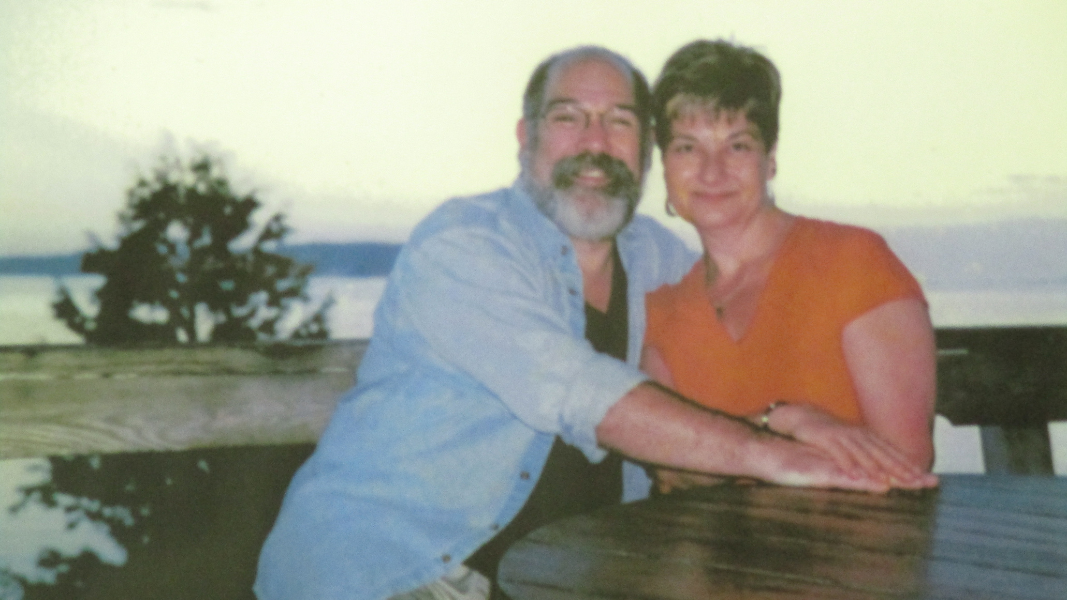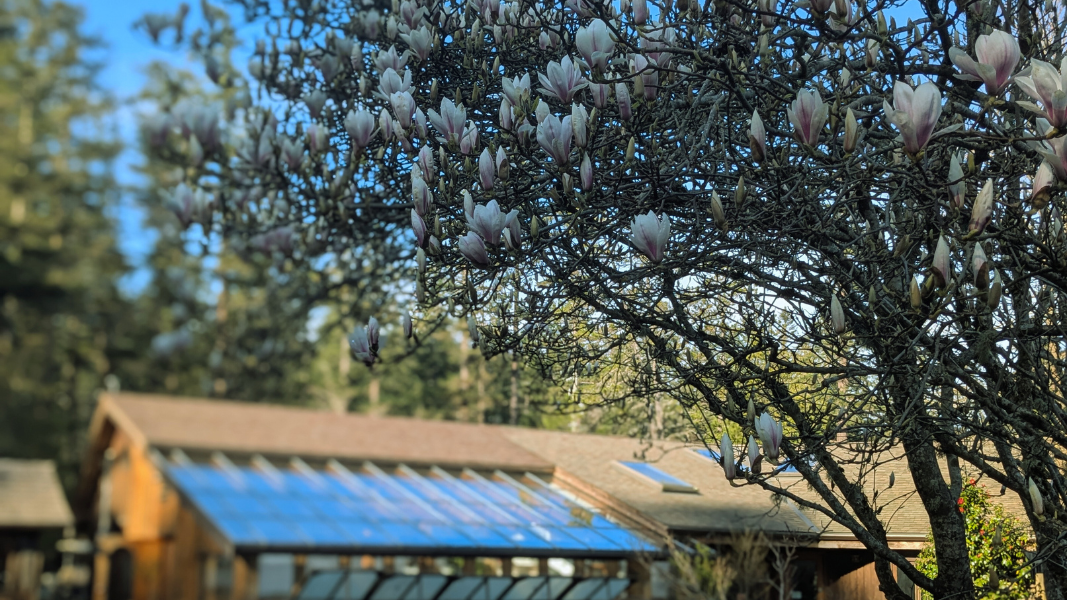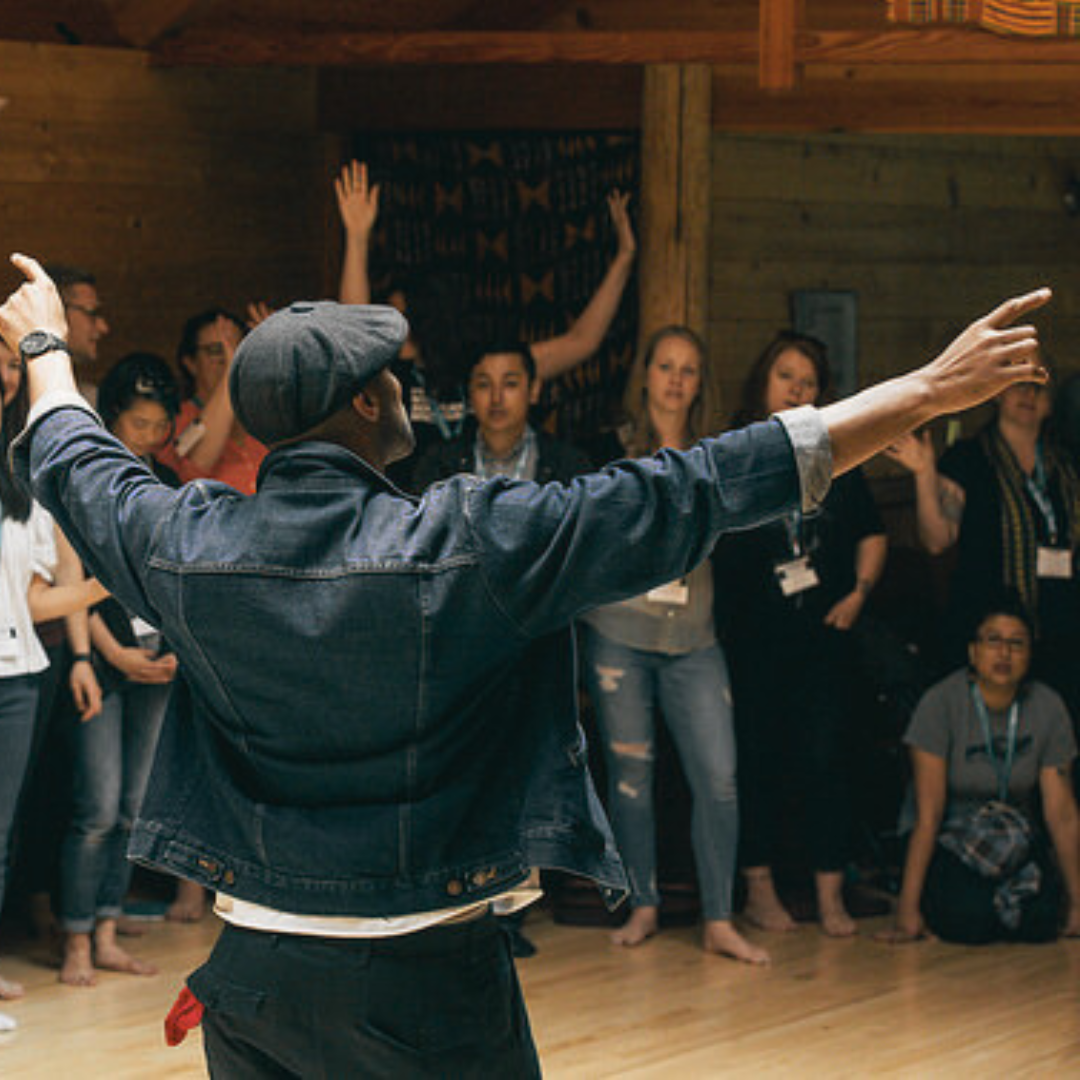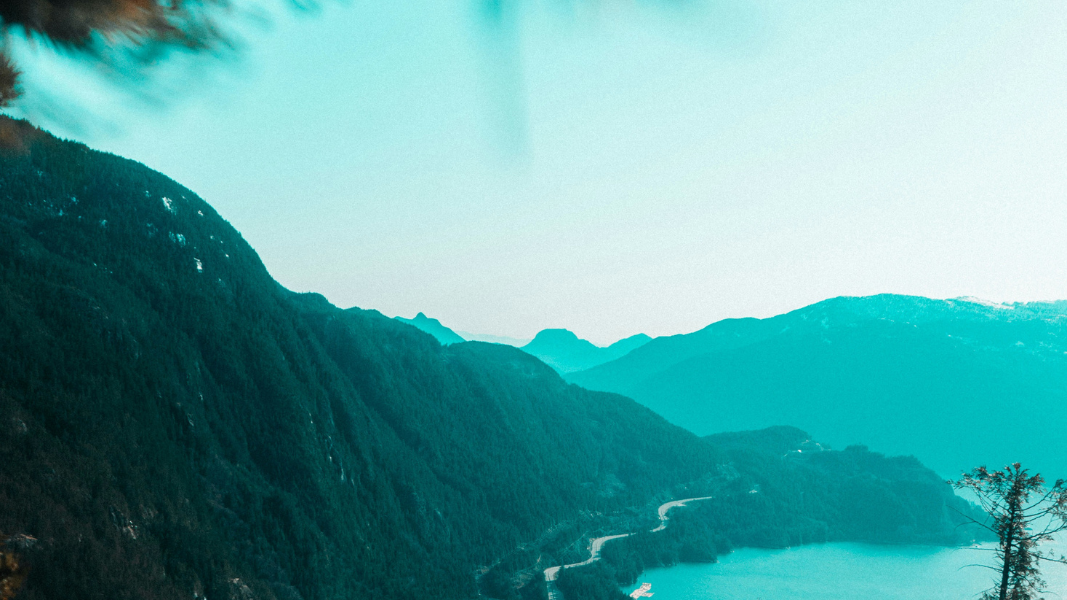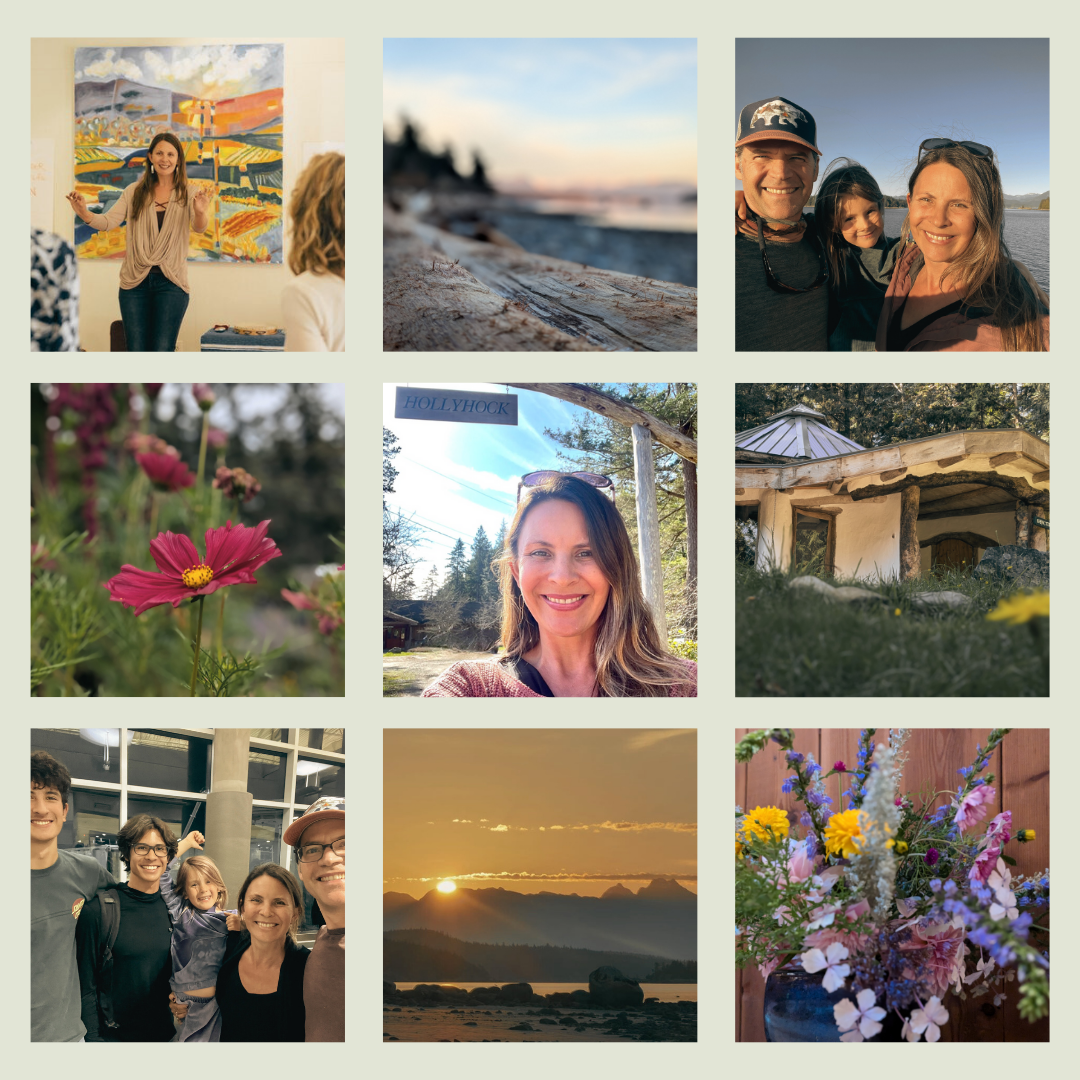Connecting to the “wild and free” world around us has many benefits. We truly awaken our senses to think critically and absorb information wholly; we are fully aware of world and the opportunity to learn from everything, from the trees and waters to the bears and salmon; we learn to have heartfelt and genuine conversations with ourselves and others.
As a cultural ecologist and geophilosopher, David Abram brings this unity to life, having written numerous books and journals on the topic, and is the co-founder and creative director of the Alliance for Wild Ethics (AWE). It’s a pleasure to be partnering with him at Hollyhock.
Excerpt of “Creaturely Migrations on a Breathing Planet”. Originally published in “Emergence Magazine – N° 01 The Perspective Issue”
Consider the deep somatic attunement by which a salmon feels its way between faint electromagnetic anomalies, riding a particular angle of sun as it filters down through the rippled surface, gliding with certain currents and plunging up against others, dreaming its way through gradients of scent and taste toward a particular bend of gravel and streamside shadow. Whatever specialized sensitivities and internal organs are brought to bear, those very organs have coevolved with textured patterns and pulses actively propagating through the elemental medium; indeed, those sensitivities have often been provoked by large-scale repetitive or rhythmic happenings proper to that part of the biosphere—by pulsed coalescences and cyclic dispersals—and so can hardly be fathomed without reference to these patterned gestures within the body of the planet.
Perhaps it would be useful, now and then, to consider the large, collective migrations of various creatures as active expressions of the Earth itself. To consider them as slow gestures of a living geology, improvisational experiments that gradually stabilized into habits now necessary to the ongoing metabolism of the sphere. For truly: Are not these cyclical pilgrimages—these huge, creaturely hegiras—also pulsations within the broad body of Earth? Are they not ways that divergent places or ecosystems communicate with one another, trading vital qualities essential to their continued flourishing?
Think again of the salmon, this gift born of the rocky gravels and melting glaciers, nurtured by colossal cedars and by tumbled trunks decked with moss, fungi, and ferns—an aquatic, muscled energy strengthening itself in the forested mountains until it’s ready to be released into the broad ocean. Pouring seaward, it adds itself to that voluminous cauldron of currents spiraling in huge gyres, shaded by algal blooms and charged by faint glissandos of whalesong . . . Until, grown large with the sea’s abundance, this ocean-infused life flows back up the rivers and tributaries and spreads out into the wooded valleys, gifting the hollows and the needled highlands with new minerals and nutrients, feeding bears and osprey and eagles, ensuring that the glinting gift will be reborn afresh from a lump of luminous eggs stashed beneath a layer of pebbles.
This circulation, this systole and diastole, is one of the surest signs that this Earth is alive—a rhythmic pulse of silvery, glacier-fed brilliance pouring through various arteries into the wide body of the ocean, circulating and growing there, only to return by various veins to the beating heart of the forest, gravid with new life.
Or . . . perhaps it’s better to think of this seasonal reciprocity as a kind of breathing, as an exhalation of millions of young salmon smolts, down from the tree-thick mountains and meadows and then out into that roiling cosmos of currents and tidal flows, to mingle with zooplankton and seals and squids; and then the great in-breath, the drawing in of living nourishment from the sea into river mouths and estuaries, inhaling the salmon up the rivers into streams, and from there into the branching becks, rills, and runnels that filter into the green forests, the living lungs of this biosphere. Or is it the broad-bellied ocean that is breathing, sucking these finned nutrients down from the shaded slopes, luring them over rocks and through rapids and hydroelectric dam spillways—drawing them past bustling cities and factories, through intersecting gradients of toxic effluents that sting their mouths and strafe their exposed membranes—on out into the heaving whirl of the sea’s innards, circulating this glimmering nourishment within itself before exhaling it back, a long sighing breath, up into the wooded valleys?
However else we may view them, these deterritorializations and reterritorializations—these large migrations of various species—are a primary way that the biosphere cleanses and flexes its various organs, replenishing itself, each region drawing insight from the others, concentrating and transforming such qualities before releasing them abroad, divergent places trading perspectives along with nutrients and nucleotides, the whole half-shadowed sphere steadily experimenting, improvising, slowly altering its display to the blazing fire watching from afar, as the reflective moon rolls on ’round.
Discover the rest of this essay, and stay connected, at Emergence Magazine – a quarterly online publication featuring innovative stories that explore the threads connecting ecology, culture, and spirituality.
Meet David Abram, and learn to see wildlife and the ecosystem through a new encapsulating lens, at Hollyhock in “Falling Awake: The Ecology of Wonder” this August.

